Your Cart is Empty
22% off Automatically at checkout when you spend $5 of more!
22% off Automatically at checkout when you spend $5 of more!

Body of Emotions: 3 Simple Tips to Help Kids Recognize Emotions
by Lara Hocheiser October 14, 2019 2 min read 1 Comment
For those who have or work with kids know that they are full of big emotions and aren't afraid to display it. Often, kids may not be able to recognize the big emotions they are feeling. Instead, they become anxious, frustrated or angry.

I've seen this a countless number of times in the classroom and at home. Last week, a young girl was upset because her toys were moved. She clenched her fists and threw a mini-tantrum. I asked her to notice her body and feelings so we could understand what was causing these big emotions. Together, we took a deep breath and calmed down. We identified what made her upset and were able to fix her toys in the way she wanted. We continued playtime without any disruptions.
Our emotions cause sensations in our bodies. And with basic mindfulness techniques, kids can learn to identify, process and regulate those emotions through body awareness.
Make Mindful Connections to Our Bodies and Emotions
-
Name that Emotion: Help kids build their vocabulary of emotions so that they can understand what they are feeling. Connect those feelings with how they express them. Such as "you're smiling, you are excited."
For visual learners, try using emojis to display what they look like and ask kids what each emotion feels like.
By labeling emotions, kids can connect language to their feelings and openly talk about it. It also gives kids the confidence to talk about how they feel without judgment.
-
Connect emotion with body awareness. Ask kids to pay attention to their body. For example, if they are slouching... ask them about their posture–perhaps they are tired or bored? This helps kids understand where those feelings may manifest. Or if your little one is feeling anxious... they might be feeling "butterflies" in their stomach.
Talk about what we are feeling and where we feel it in our bodies.
-
Provide tools for managing big emotions. As kids learn to identify their emotions, they can make mindful connections on how to process those emotions.
Try mindfulness activities to regulate those emotions. Next time your little one is feeling angry or frustrated, ask them to take a mindful breath:
Sit up tall and straighten your posture. Take a few deep breaths. Notice your breath. Now, notice your body. Is anywhere feeling tense? Relax those muscles. Bring your attention back to your breath. Clear your thoughts and take a few deep breaths.
We developed a resource for parents and teachers to teach how we can use body awareness to learn about our bodies and emotions while gaining valuable exercise.
We explore emotion through ten key body parts. Kids will learn yoga poses and mindful activities to take care of their bodies and emotions.
Comes with a teacher's manual and student workbook so kids learn how yoga, mindfulness and body awareness can help us take care of ourselves.
1 Response
Leave a comment
Comments will be approved before showing up.
Also in Kids Yoga Blog

How Social and Emotional Learning and Yoga Help Kids Breathe Through Big Emotions
by Kane SEO April 21, 2025 4 min read
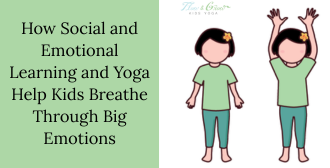
How Social and Emotional Learning and Yoga Help Kids Breathe Through Big Emotions
by Kane SEO April 14, 2025 4 min read
In classrooms and communities around the world, educators and parents alike are placing a growing emphasis onsocial and emotional learning. And for good reason: helping children understand, manage, and express their emotions in healthy ways is just as critical as teaching them to read or do math.

Power of Yoga for Kids: How It Helps Them Grow, Focus, and Thrive
by Kane SEO March 25, 2025 5 min read
In today’s fast-paced world, children are often exposed to stressors from a young age, whether it’s academic pressure, social challenges, or the overwhelming influence of digital devices. This can impact their physical, mental, and emotional well-being.
Ultimate Kids Year of Yoga Bundle
bundlespricey-contentdigital-resourcesearly-childhood-yoga-mindfulnesselementary-yoga-mindfulnesskids-yoga-resourcesmiddle-high-school-yoga-mindfulnessseasonal-yogayoga-cards
Ultimate Kids Year of Yoga Bundle
5 reviews
5.0 / 5.0
(5) 5 total reviews
$45.00
Ultimate Kids Year of Yoga Bundle
5 reviews
5.0 / 5.0
(5) 5 total reviews
$45.00
Kid’s Sun Salutation Yoga Cards
digital-resourcesearly-childhood-yoga-mindfulnesselementary-yoga-mindfulnesskids-yoga-resourcesliteracyunder-15yoga-cards
Kid’s Sun Salutation Yoga Cards
3 reviews
4.33 / 5.0
(3) 3 total reviews
$10.00
Kid’s Sun Salutation Yoga Cards
3 reviews
4.33 / 5.0
(3) 3 total reviews
$10.00
Yamas and Niyamas: Successful Relationships with Self & Others (tweens and teens)
pricey-contentdigital-resourceskids-yoga-resourceslesson-plansmiddle-high-school-yoga-mindfulnessmindfulness
Yamas and Niyamas: Successful Relationships with Self & Others (tweens and teens)
2 reviews
5.0 / 5.0
(2) 2 total reviews
$49.00$55.00
Yamas and Niyamas: Successful Relationships with Self & Others (tweens and teens)
2 reviews
5.0 / 5.0
(2) 2 total reviews
$49.00$55.00
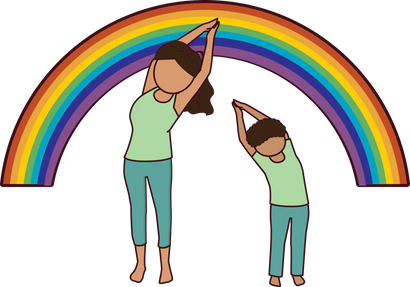


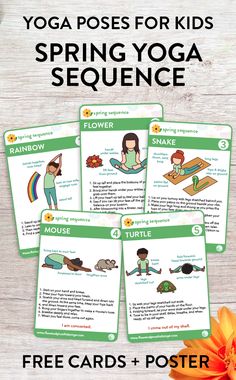
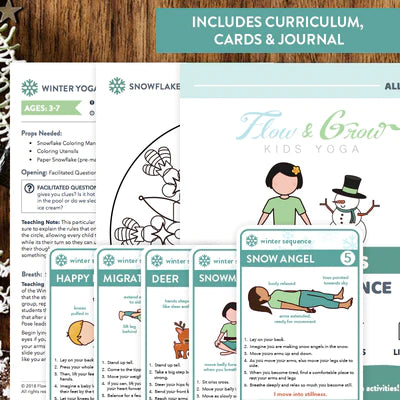
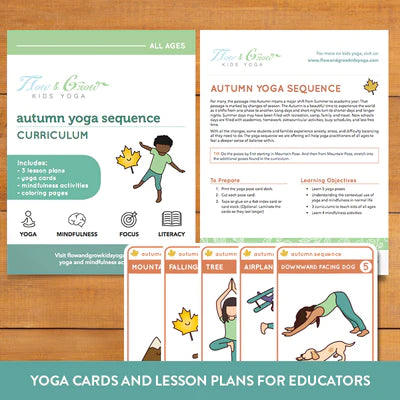









Allison
November 27, 2023
Hi! I’m a grade 3 teacher and am noticing my students don’t seem to have the mindfulness skills to work through their big emotions. It’s really hurting our classroom community so I’ve been doing lessons on how to connect the feelings in our body to what our brain is trying to tell us. I came across your page in my research (: